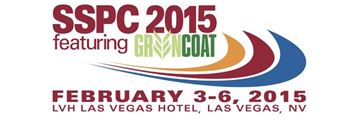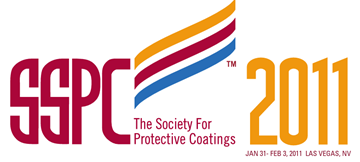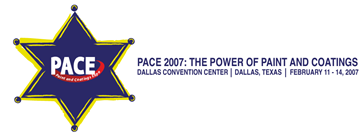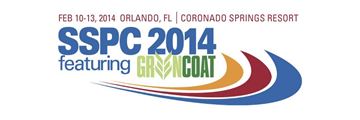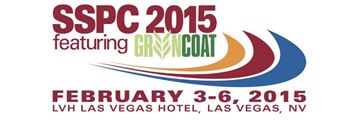Search
Products tagged with 'coating application'
View as
Sort by
Display
per page
RP0386-1986, Application of a Coating System to Interior Surfaces of Covered Railroad Hopper Cars in Plastic, Food, and Chemical Service
Product Number:
53061-HD1986
Publication Date:
1986
$179.00
RP0394-HD2002-SG Application, Performance, and Quality Control of Plant-Applied, Fusion-Bonded Epoxy External Pipe Coating-HD2002
Product Number:
21064-HD2002
ISBN:
1-57590-147-1
Publication Date:
2002
$179.00
RP0592-1992, Application of a Coating System to Interior Surfaces of New and Used Rail Tank Cars in Concentrated (90 to 98%) Sulfuric Acid Service
Product Number:
53091-HD1992
Publication Date:
1992
$179.00
Secondary Containment Coatings/Linings @ 91st Ave WWTP Phoenix, AZ Highlighting the Forgotten Basics
Product Number:
41210-525-SG
Publication Date:
2010
$20.00
SP0181-2006 (formerly RP0181), Liquid-Applied Internal Protective Coatings for Oilfield Production Equipment
Product Number:
21025-SG
ISBN:
1-57590-205-2
Publication Date:
2006
$179.00
Specifying Concrete Coating Projects in Water and Wastewater Treatment Structures
Product Number:
41215-915-SG
Publication Date:
2015
$20.00
Strategic Corrosion Protection of a 30 Million Gallon Combined Sewerage Overflow Tunnel
Product Number:
41211-629-SG
Publication Date:
2011
$20.00
The Art & Science of Water-Based Intumescent Fireproofing
Product Number:
41207-363-SG
Publication Date:
2007
$20.00
The Benefits and Use of Fluropolymer Coatings
Product Number:
51219-178-SG
Publication Date:
2019
$20.00
The Case Study of Foul Release Coating Application & Its Key Issues for Shipbuilding Industries
Product Number:
41214-812-SG
Publication Date:
2014
$20.00
The Color of History: When the Brooklyn Bridge is Your Canvas
Product Number:
41215-937-SG
Publication Date:
2015
$20.00
The Development of Steel Preparation Technology
Product Number:
51220-282-SG
Publication Date:
2020
$20.00






